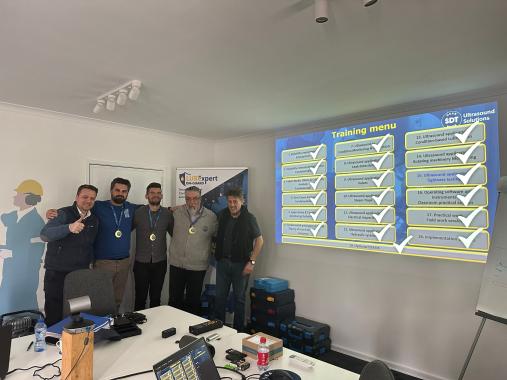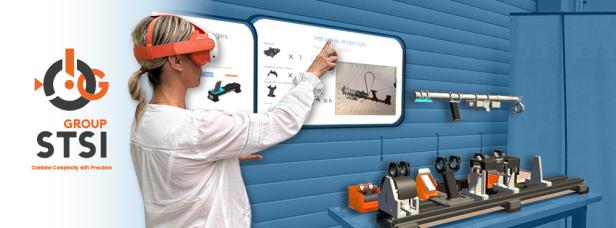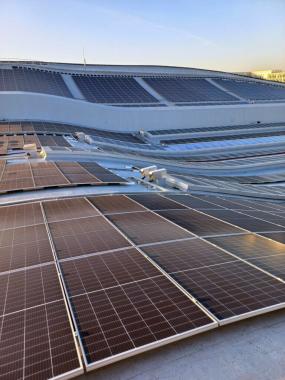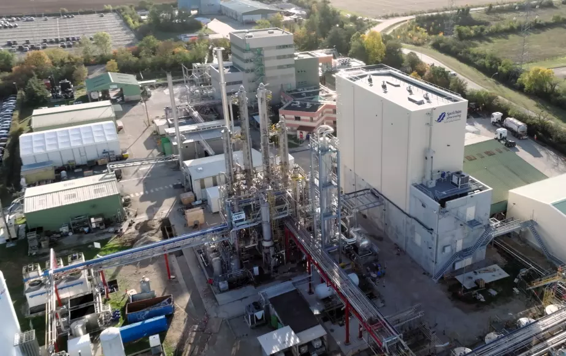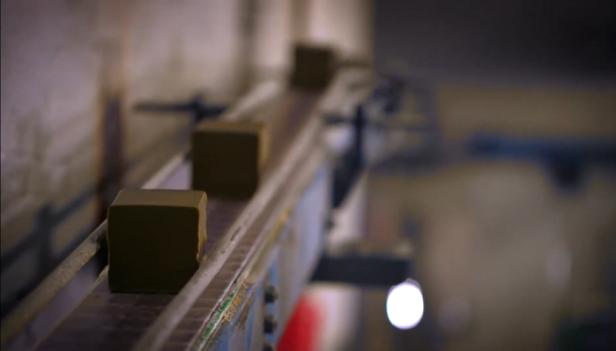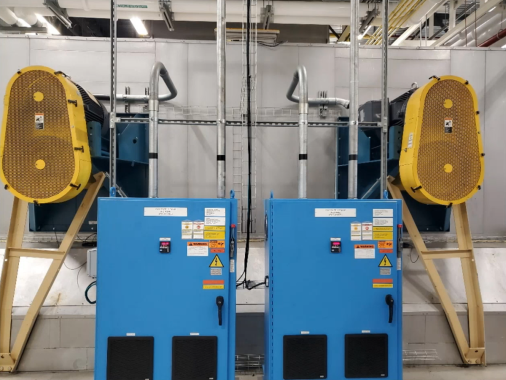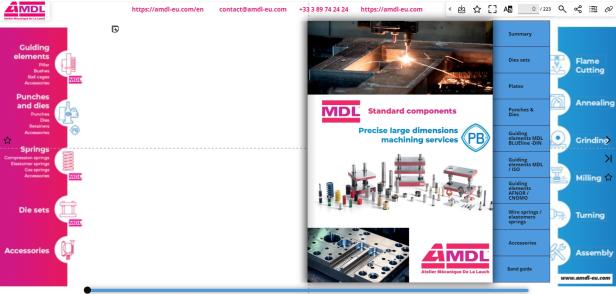Determine the Level of Detail (LOD) of your BIM model
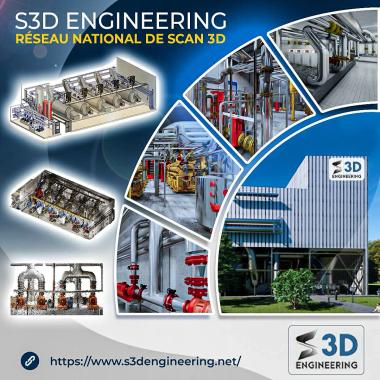
Choosing the level of detail (LOD) in a BIM model is crucial to the success of a construction or real estate project. This level determines the amount of detail a digital model must contain, directly influencing the clarity, usefulness and management of the project. Understanding the different LODs available and their applications can significantly improve project planning and execution.
Understanding LOD Levels and Their Implications
Building Information Modeling (BIM) has become an essential tool in the construction industry, enabling accurate visualization of the finished product before construction even begins. Levels of Detail (LOD) play a critical role in information management and project control throughout the lifecycle of a building, from design to maintenance. Each level, from LOD 100 to 500, offers an increasing degree of detail, suitable for different phases of the project.
LOD 100 represents conceptual representations, often used in the early planning stages, where dimensional accuracy is not required. Progressing to LOD 200 , elements are modeled with approximate dimensions and spatial relationships. This level is sufficient for general feasibility studies.
At LOD 300 , modeling becomes precise, with correctly dimensioned elements and faithful representations of the envisaged construction solutions. This is the most commonly used level for detailed construction documentation. LOD 350 includes interfaces with other building elements, crucial for coordination between different trades.
LOD 400 and 500 go further, integrating details for manufacturing and assembly as well as precise information for post-construction maintenance and building management. Choosing the right LOD is therefore essential to balance information needs, modeling costs, and project requirements.
Case studies, such as the construction of a residential complex or the renovation of a historic building, illustrate how the judicious choice of LOD positively impacts the progress and total cost of the project. By using the right LOD, construction companies can avoid additional costs, optimize resources, and reduce completion times.
Meeting the 3D challenge in modern construction
The integration of 3D surveying technologies in modern construction offers substantial benefits, particularly in terms of accuracy and efficiency. These technologies make it possible to quickly and accurately capture the existing conditions of a site or building, facilitating the creation of detailed BIM models. 3D surveys are particularly useful for renovation or conservation projects, where the accuracy of existing details is crucial. https://www.s3dengineering.net/projets/releve-3d-papeterie-de-lalinde/
In addition, the use of 3D surveys speeds up the design process and reduces the risk of costly mistakes during construction. For real estate investors and developers, this translates into significant cost savings and better allocation of resources. The benefits of these technologies are not limited to new construction; they are also valuable for the management and maintenance of existing properties, providing accurate visualizations that can help plan maintenance interventions and manage assets more efficiently.
Choose the Lod BIM level of detail
Choosing the right level of detail for your BIM model is more than a technical necessity; it is a strategy that optimizes the management of your construction and real estate projects. At S3D Engineering, we help you define and achieve the levels of precision necessary to ensure the success of your project. Contact us to find out how our services can help you achieve your goals efficiently and cost-effectively. "LOD stands for "Level Of Detail", which translates into French as "Level of Detail"
Our other news
See allJoin the largest community of industrial suppliers
- Helping you with your ongoing technology watch
- Provide you with detailed supplier statistics
- Give you international visibility
Discover the largest catalogue of industrial products on the market
- To offer you the best catalogue of industrial products on the market
- To guarantee you a 100% secure platform
- Enable you to have live remote exchanges
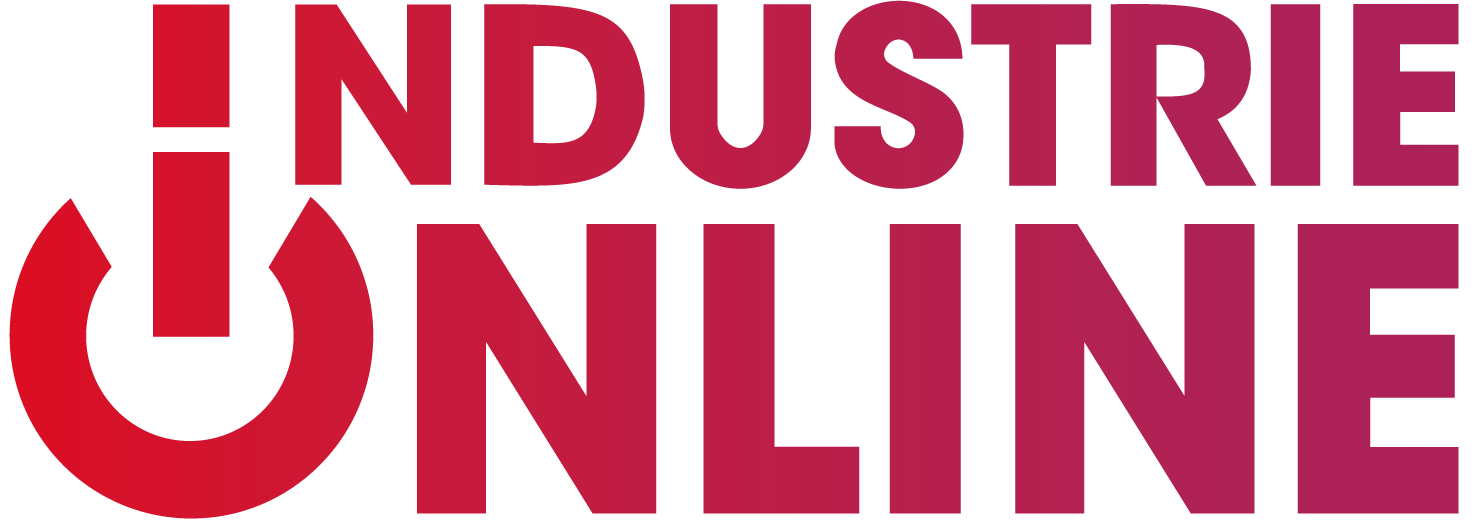

 Français
Français